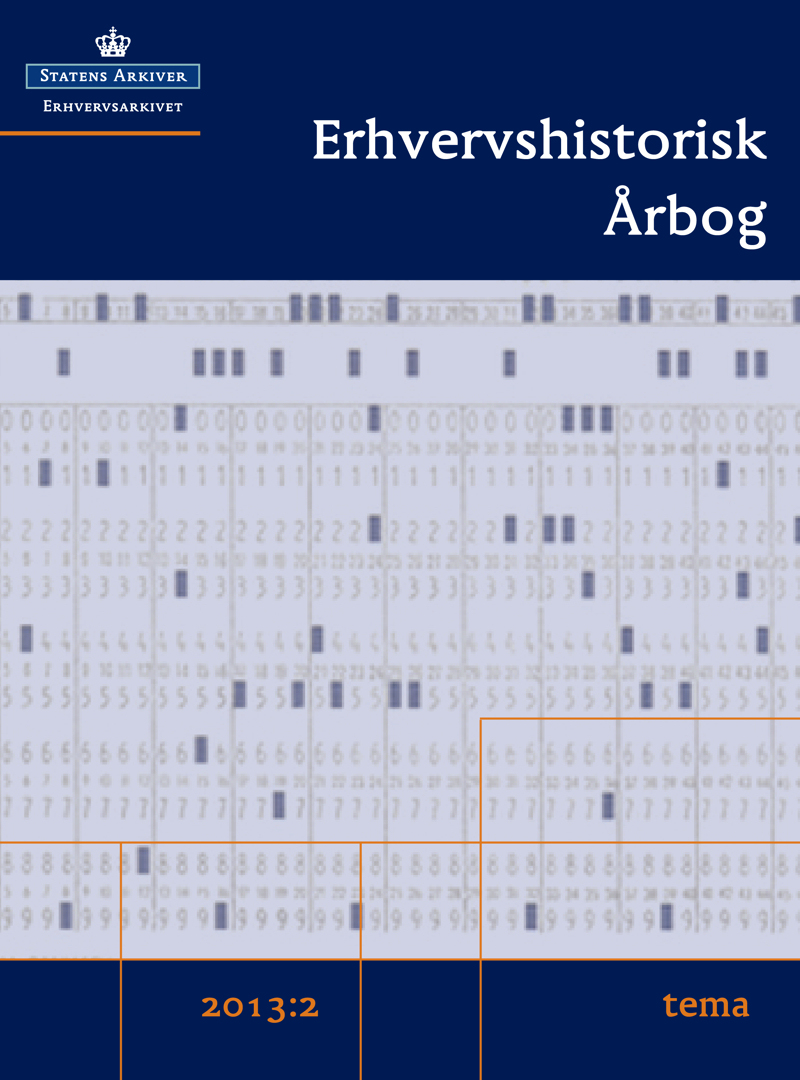From shipbuilding to alternative maritime industry – The closure of Danyard Frederikshavn in 1999
Resumé
The past 20 years has seen several studies on the decline of European shipbuilding. The existing research mainly examines the reasons for the decline but not the consequences of the shipyard closures. This article examines what happened after the closure of Danyard Frederikshavn in 1999. The first part examines the various attempts that were made to save the shipyard during the 1990’s. The second part examines what activities were continued after the closure. It identifies six spin-offs and shows how the shipyard site was turned into a thriving business park with app. 1,000 jobs in 2011. The article furthermore shows how the activities gradually went from manufacturing in the late 1990’s to maritime service activities in 2011. Finally the article presents a statistical survey which examines what happened to the app. 1,300 workers that lost their jobs when the shipyard closed. The survey shows that the workers mainly went to neighbouring sectors and that their competences were widely sought for in the local business community. The article concludes that the closure of Danyard Frederikshavn wasn’t a breakdown but a transformation into new and more viable activities.
Downloads
Citation/Eksport
Nummer
Sektion
Licens
Ophavsret til artikler publiceret i Erhvervshistorisk Årbog er fastlagt i henhold til den modelaftale, License to publish, som UBVA har offentliggjort under rubrikken Ophavsret og forskningspublicering. Indsendelse af en artikel til Erhvervshistorisk Årbog indebærer en accept af dette. Modelaftalen kan findes ved hjælp af dette link: http://www.ubva.dk/Forside





